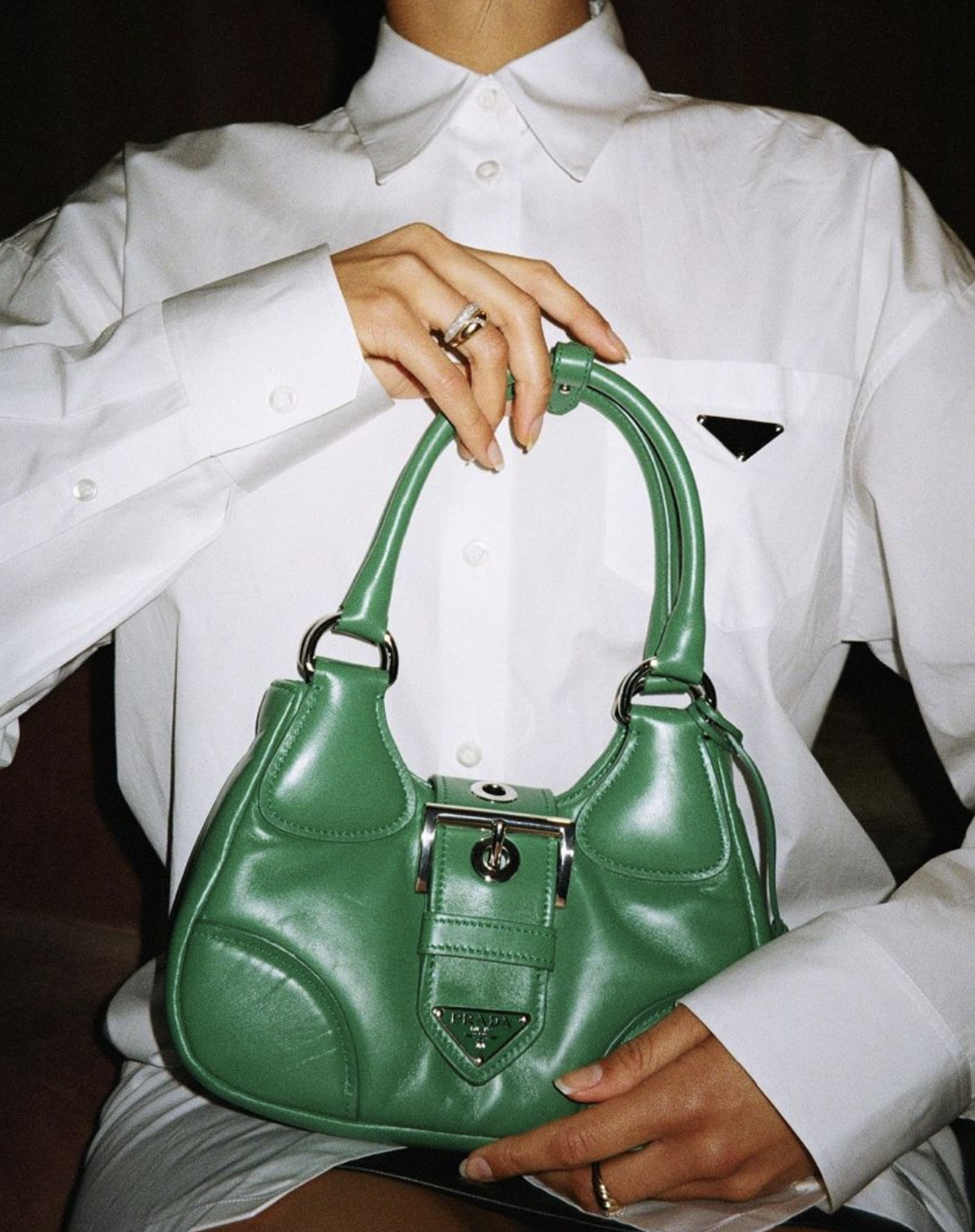What does Ethical Fashion mean?
The idea of ethical fashion has seen substantial growth recently, reshaping both consumer habits and industry perspectives concerning garment creation and usage. Essentially, ethical fashion is a broad concept encompassing the practice of creating, manufacturing, and delivering apparel with a focus on human rights, sustainability, and the protection of animals. This initiative serves as a counteraction to fast fashion, which frequently involves unfair labor conditions and harmful environmental practices.
The Fundamentals of Ethical Fashion
Ethical fashion is based on several fundamental principles:
1. Fair Labor Practices: One of the main tenets of ethical fashion is ensuring that workers are paid fair wages and work in safe conditions. This includes eliminating sweatshops and child labor, and promoting equitable opportunities irrespective of gender or background. Brands like Patagonia and Everlane have been lauded for their transparency and commitment to fair labor standards.
2. Eco-Friendly Materials: Ethical fashion encourages the use of materials that are kind to the environment. Such materials include organic cotton, Tencel, and recycled fibers, which minimize negative effects on ecosystems. Utilizing sustainably acquired materials not only cuts down on chemical contamination but also helps maintain biodiversity.
3. Animal Welfare: Ethical fashion prioritizes the protection of animals by choosing materials and production techniques that avoid causing harm to them. This trend is reflected in the increasing demand for vegan leather and alternative options such as mushroom leather and pineapple fibers.
4. Minimizing Waste: Ethical fashion focuses on minimizing textile waste by adopting improved production methods and promoting recycling and upcycling. Brands using creative designs, like modular apparel that can be combined and interchanged, play a role in lengthening the lifespan of clothing items.
Challenges and Criticisms
While the ethical fashion movement has made significant strides, it is not without challenges.
1. Higher Costs: Ethical fashion products often come with a higher price tag due to more expensive materials and fair labor compensation. This can make them less accessible to the average consumer.
2. Greenwashing: Some brands may engage in greenwashing, where they mislead consumers about their environmental practices to appear more socially responsible than they are. This can dilute the movement’s credibility.
3. Scaling Ethical Practices: As demand for ethical fashion grows, maintaining standards in scaling operations becomes a complex task. It requires transparency and constant evaluation to ensure practices remain sustainable and ethical.
Examples in Sustainable Fashion
Brands like Stella McCartney have set benchmarks in ethical fashion by combining luxury with sustainability. They use innovative materials like regenerated cashmere and partner with organizations like Canopy, which works to protect endangered forests.
Another illustration is H&M’s Conscious Collection, aiming to provide trendy apparel by incorporating eco-friendly materials and clear manufacturing procedures. Although it faces critique due to its fast fashion approach, H&M’s effort showcases how major companies can work towards more responsible practices.
The Role of Consumers
Consumers are essential for advancing ethical fashion. By selecting purchases wisely and opting for brands dedicated to ethical values, they encourage a demand for sustainable goods. As awareness among consumers grows, it has triggered the expansion of second-hand clothing markets and rental services, which in turn minimizes the need for new products and supports a circular economy in fashion.
Reflecting on the evolution of ethical fashion, it becomes evident that the industry is at a transformative point. As awareness grows and practices evolve, the responsibilities lie with both consumers and producers to cultivate an inclusive, sustainable future for fashion that respects humans, the environment, and animals alike.



